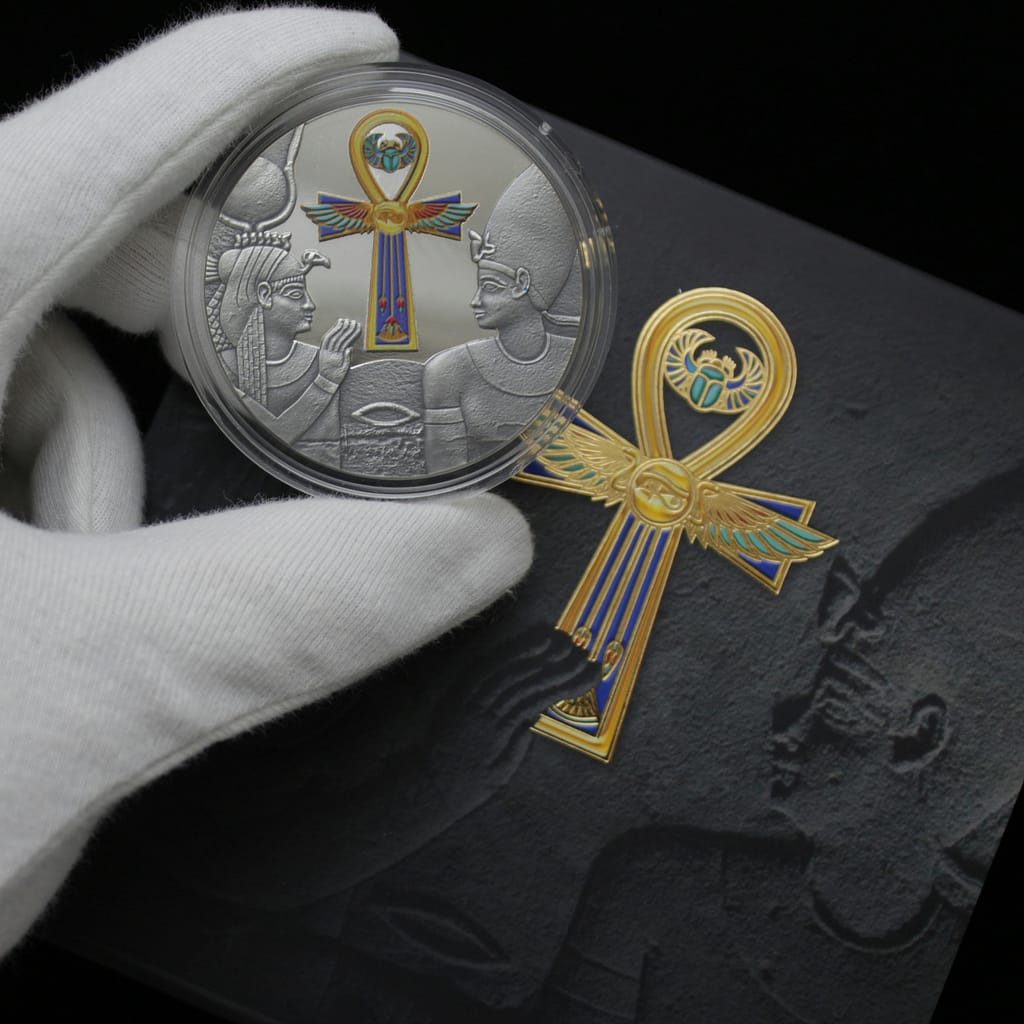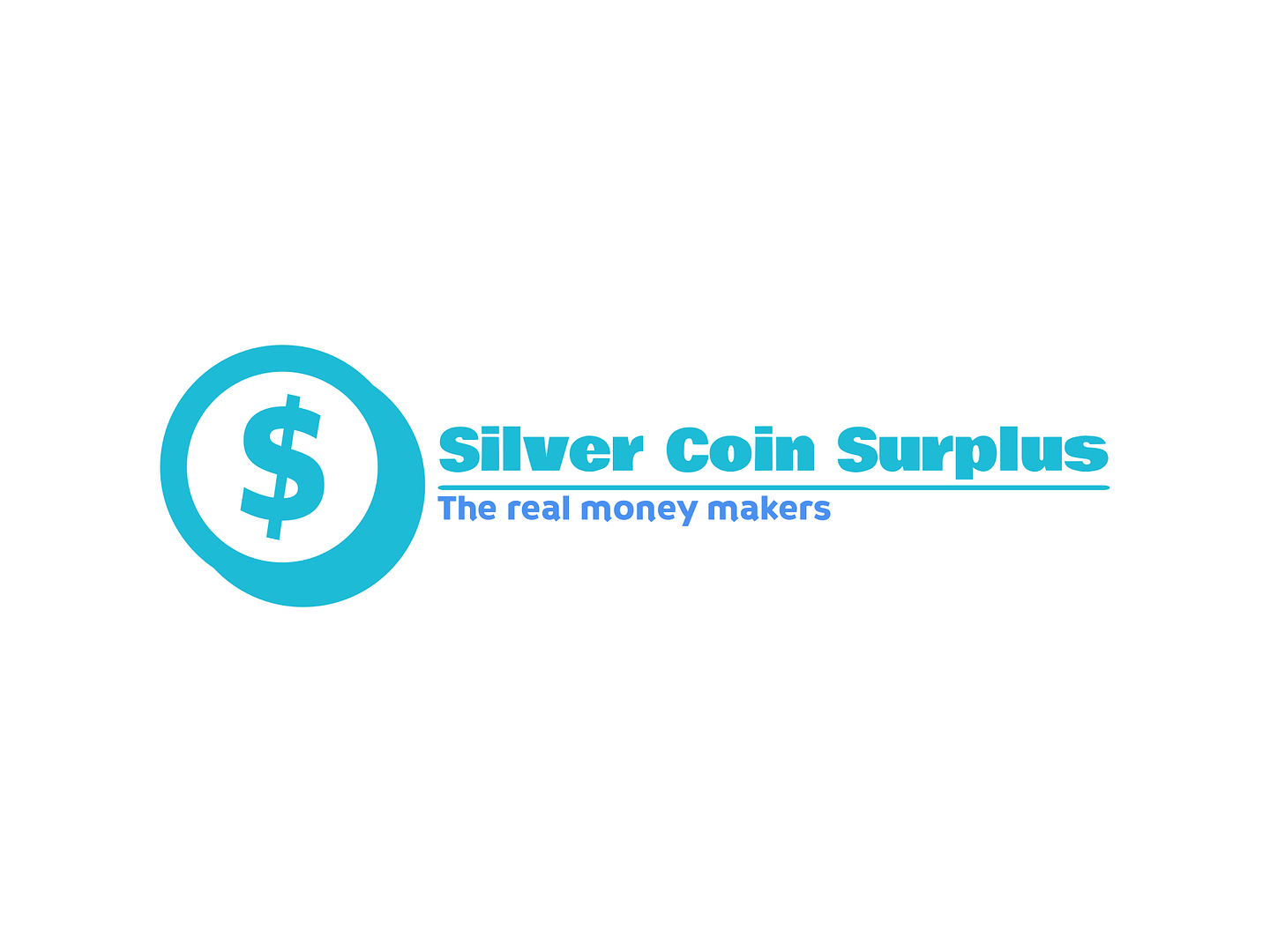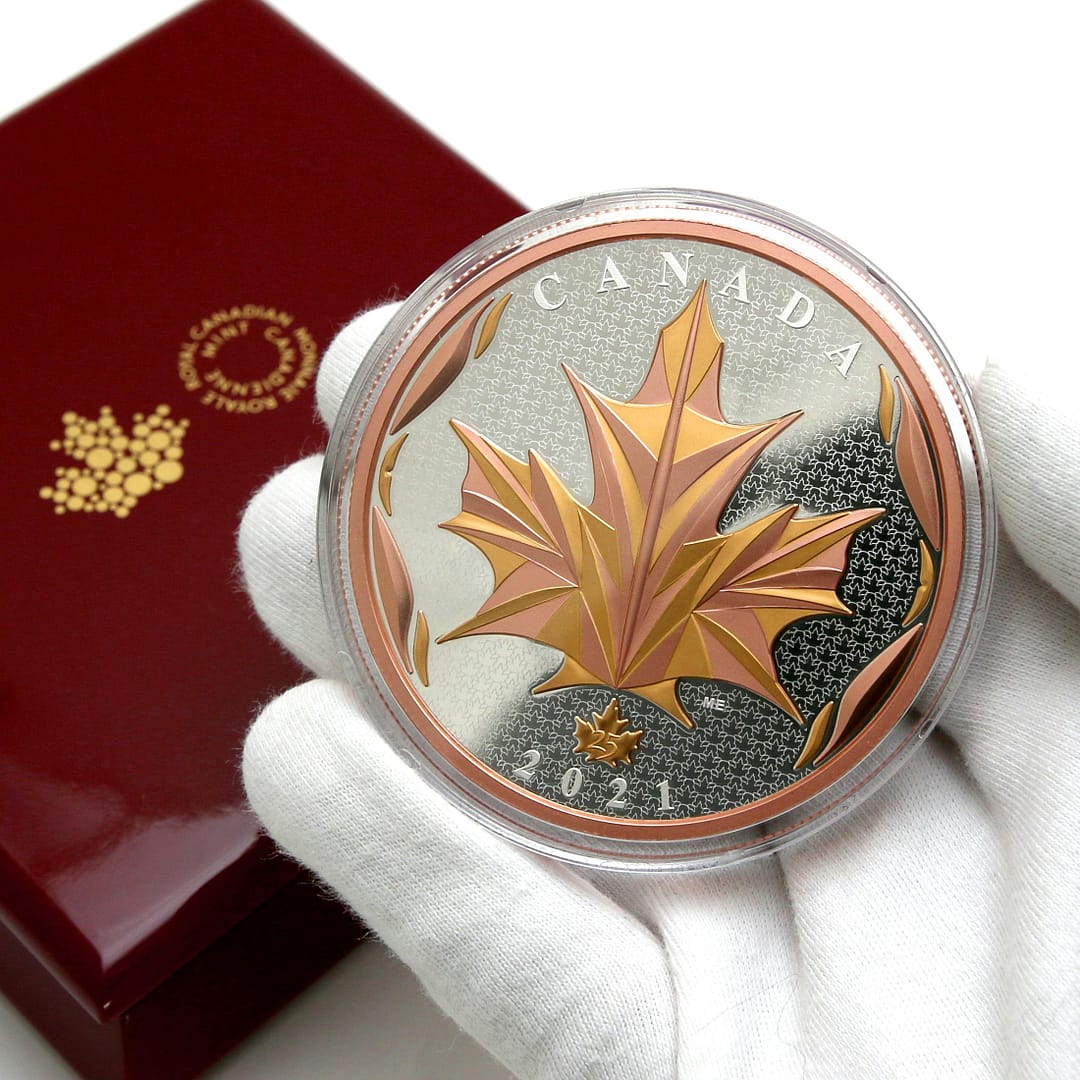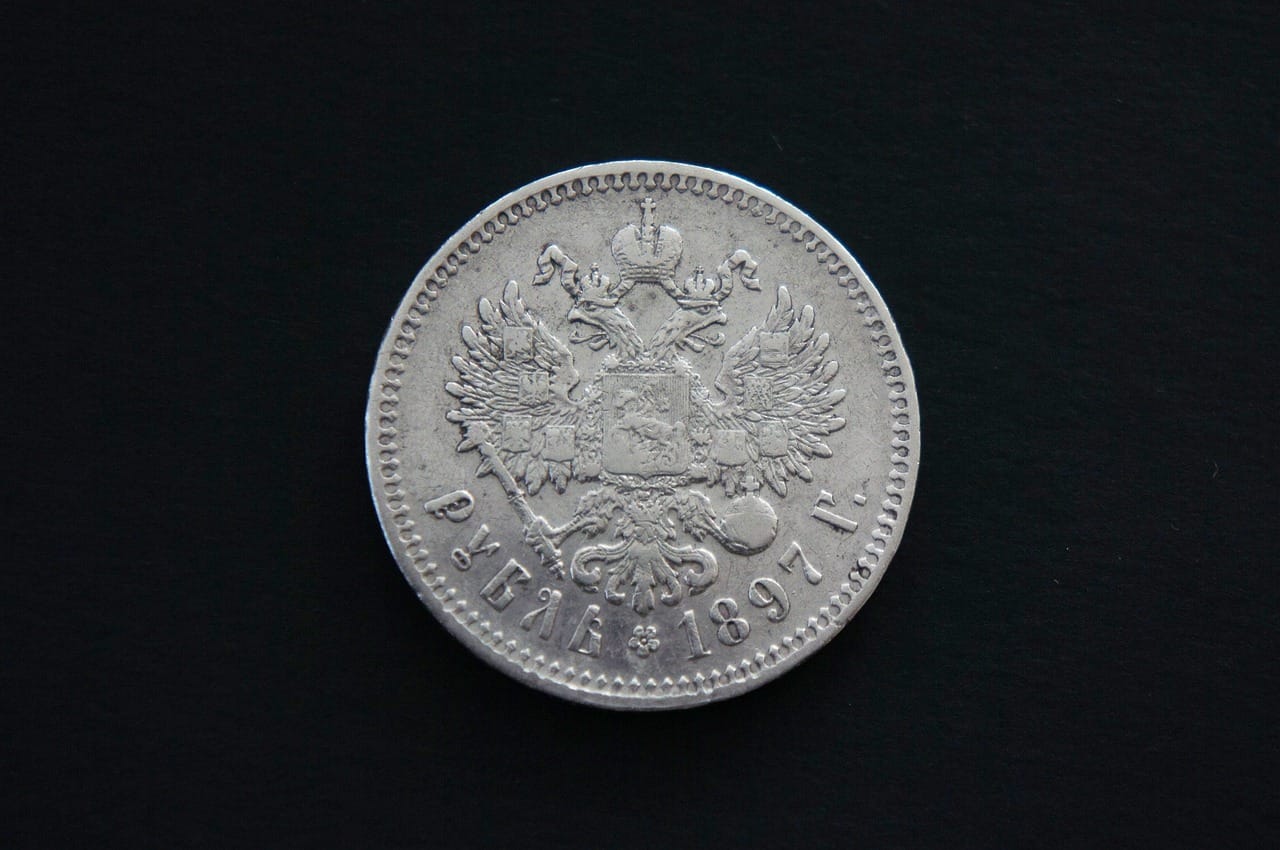Solving Global Bartering Woes with the Timeless Silver Coin
A Global Bartering System Unveiled

By: Silver Coin Surplus
Date: July 15, 2024
Unlocking the Power of the Silver Coin for Global Trade
The global bartering system has long relied on fiat paper currency and traditional banking systems, but an alternative solution is gaining traction: the use of the silver coin for trade. With concerns about the stability and sustainability of fiat currencies, many individuals and businesses are turning to silver as a reliable and valuable medium of exchange. By embracing the silver coin solution, people hope to create a more secure and stable bartering system while decreasing their reliance on traditional banking and fiat currency.
Silver has been a valuable commodity throughout human history, prized for its rarity and intrinsic value. Unlike paper money, which can be easily manipulated by governments and central banks, the value of silver remains relatively stable over time. This makes it an attractive option for those seeking a more dependable form of currency. Silver coins, in particular, have gained popularity due to their ease of use, durability, and universal recognition as a valuable commodity.
One of the key motivations behind embracing silver is the desire to move away from the traditional banking system. Many people have become disillusioned with the practices of large banks and the inherent risks associated with centralized financial institutions. By adopting silver for trade, individuals and businesses can reduce their dependence on banks and exert more control over their financial transactions. This shift away from traditional banking aligns with the growing movement towards decentralization and financial independence.
Furthermore, the use of silver promotes the idea of bartering as a more direct and transparent form of trade. Unlike fiat currency, which can be subject to inflation and government manipulation, silver holds its value more reliably. This stability makes them an ideal medium for conducting transactions and exchanging goods and services. By embracing pure silver, people and businesses can engage in bartering with greater confidence, knowing that the value of their currency is less susceptible to external factors.
Another important aspect of the silver coin solution is its potential to address global economic disparities. Traditional banking systems and fiat currencies have often been criticized for widening the gap between wealthy and impoverished nations. The use of silver for trade offers a more equitable alternative, as the value of silver is universally recognized and not tied to the economic policies of any single country. This could potentially level the playing field for nations with less stable currencies and weaker financial systems.
In conclusion, the fine silver coin represents a compelling alternative to traditional banking and fiat paper currency. By embracing pure silver as a genuine medium of exchange, both people and businesses can create a more secure and stable bartering system, while reducing their reliance on centralized financial institutions. Furthermore, the use of silver promotes the principles of transparency, decentralization, and economic equity. While the transition to a silver-based bartering system may present challenges, its potential benefits make it a solution worth considering for those seeking a more reliable and sustainable form of trade.



